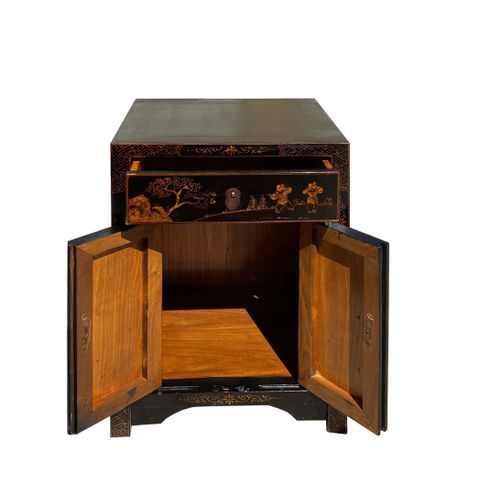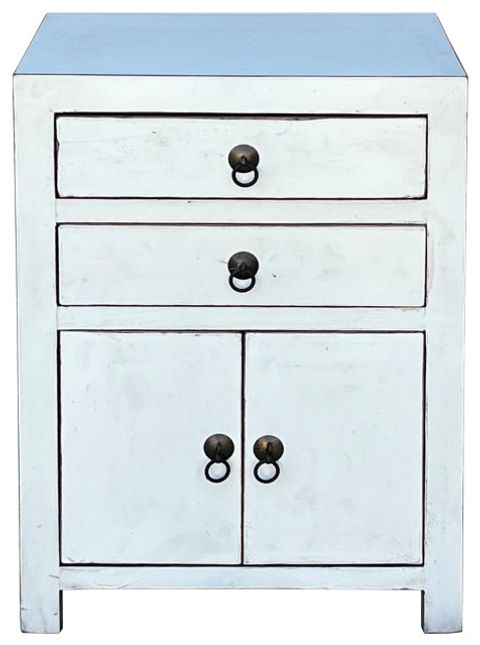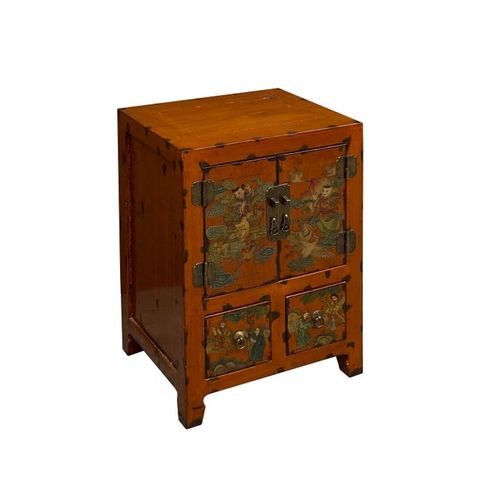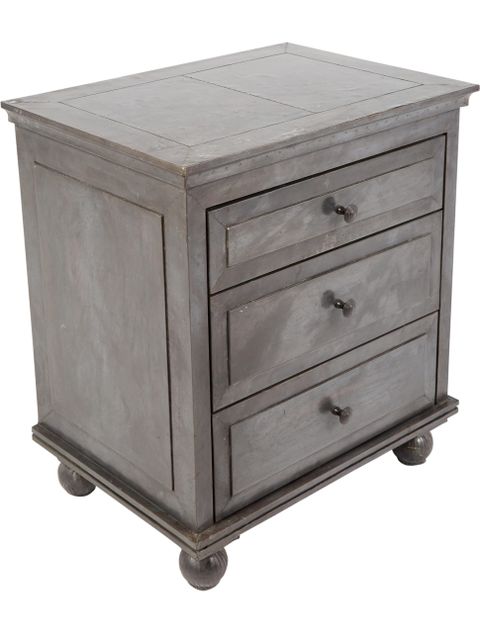Have you ever noticed how some metal furniture just feels different? There’s something special about the way certain pieces hold together, the way they seem to breathe with purpose rather than just existing. That’s not just luck – it’s the influence of centuries-old Chinese craftsmanship showing up in our living spaces today.
When we think about metal furniture, we often picture sleek, industrial designs that scream modernity. But if you look closely enough, you’ll notice something fascinating happening. The subtle elegance of Chinese craftsmanship is quietly reshaping how metal furniture looks, feels, and functions. It’s not just about aesthetics – it’s about philosophy, tradition, and an understanding of materials that spans thousands of years. This influence isn’t flashy or obvious, but it’s everywhere when you know where to look. From the way joints are constructed to the balance between strength and grace, Chinese techniques are seeping into contemporary design in ways that surprise even seasoned designers.
Ancient Wisdom Meets Modern Materials
Chinese craftsmen have been working with metals for millennia, developing techniques that prioritize durability, beauty, and harmony with nature. These principles aren’t just historical curiosities – they’re actively shaping today’s metal furniture landscape. Traditional Chinese metalwork focused heavily on joining methods that didn’t rely on screws or bolts. Instead, craftsmen used interlocking joints, mortise and tenon techniques, and clever structural engineering. This approach makes sense when you consider that Chinese architecture and furniture have always emphasized longevity over quick fixes. When modern designers start working with steel, aluminum, and other metals, they’re drawing from this well-established foundation of careful construction. The result? Furniture that lasts longer, looks better over time, and actually respects the material it’s made from.
The Art of Balance and Proportion
One of the most striking aspects of Chinese craftsmanship is its emphasis on balance. Every element in traditional Chinese design follows strict proportions that create visual harmony. This concept has found its way into contemporary metal furniture design, where pieces now pay attention to weight distribution, visual weight, and overall equilibrium. Take a modern metal dining table, for example. The legs might be positioned not just for stability, but for visual balance. The frame might follow golden ratios or other traditional proportions that make it feel right to the eye. Even the thickness of metal sheets gets calculated based on how the final piece will appear and function. This isn’t just about looking good – it’s about creating furniture that feels like it belongs in the space it occupies.
Minimalist Aesthetics with Maximum Functionality
Chinese aesthetic philosophy values simplicity without sacrificing elegance. This translates beautifully into modern metal furniture, where clean lines and understated beauty are preferred over ornate decoration. The Chinese concept of ‘less is more’ isn’t just trendy – it’s deeply rooted in practicality. Metal furniture designers are adopting this mindset, creating pieces that do more with less. They focus on functional elements that serve multiple purposes, like storage integrated into seating, or modular components that can adapt to different needs. The result is furniture that feels uncluttered yet complete, utilitarian yet beautiful. This approach also means fewer materials are used, which is good for both the environment and the wallet.
Integration of Natural Elements
Chinese craftsmanship has always had a deep respect for natural materials and processes. Even when working with metal, designers often incorporate organic shapes, textures, and patterns inspired by wood, stone, and nature itself. Contemporary metal furniture shows this influence through surfaces that mimic wood grain, curves that echo natural forms, and finishes that suggest weathering or aging. The metal isn’t just metal anymore – it’s transformed through design to feel part of the natural world. This creates furniture that bridges the gap between industrial materials and organic comfort, making modern spaces feel warmer and more inviting. You might see a metal chair with curved arms that follow the natural shape of a tree branch, or a metal desk with a surface that appears to be carved from a single piece of wood.
Cultural Symbolism in Form and Function
Chinese design isn’t just about appearance – it carries cultural meaning. Symbols, numbers, and shapes all have significance in traditional Chinese culture, and these elements are finding their way into modern metal furniture. The number eight, considered lucky, might appear in the number of legs on a table or the arrangement of metal bars in a chair back. Circular shapes might represent completeness and unity, while square forms suggest stability and grounding. These symbolic elements don’t overwhelm the design – they add layers of meaning that connect users to deeper cultural traditions. When you sit in a piece of furniture that incorporates these elements, you’re not just sitting – you’re participating in a tradition that spans centuries.
Sustainable Practices Through Time-Tested Methods
Perhaps one of the most important influences of Chinese craftsmanship on modern metal furniture is the emphasis on sustainability. Traditional Chinese methods focused on making things last, using materials efficiently, and repairing rather than replacing. This philosophy is incredibly relevant today, especially as environmental concerns grow. Modern designers are adopting these practices by creating furniture that can be easily repaired, upgraded, or even reassembled. They’re choosing metals that can be recycled easily and designing pieces that don’t require constant replacement. The result is furniture that’s not just beautiful but also responsible. This approach reduces waste and encourages people to value their possessions more carefully. It’s a shift from the throwaway culture of fast furniture toward something more enduring and thoughtful.
The influence of Chinese craftsmanship on contemporary metal furniture trends runs much deeper than simple style choices. It represents a fundamental shift in how we think about materials, construction, and design philosophy. When you buy a piece of metal furniture today, you’re not just purchasing a functional object – you’re participating in a tradition that values skill, patience, and respect for materials. Whether it’s through balanced proportions, sustainable practices, or cultural symbolism, these ancient principles continue to guide modern makers toward furniture that’s both beautiful and meaningful. The next time you sit in a metal chair or dine at a metal table, take a moment to appreciate how centuries of Chinese wisdom have shaped the very objects that make our daily lives more comfortable. It’s a reminder that great design doesn’t happen overnight – it’s built on foundations laid by countless generations of craftspeople who understood that form and function should never be separated.









